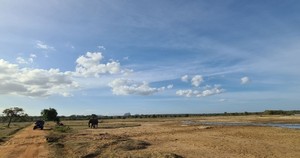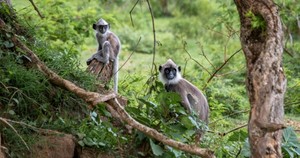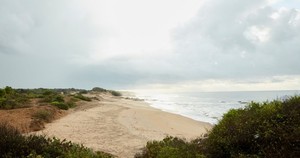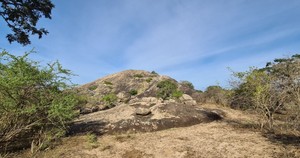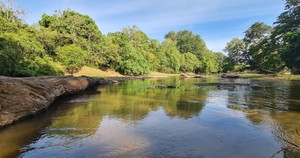- 15 February 2022
Five Things to Know About Yala’s Geology
Ruhuna, the home of Yala, was home to a community pulsating with life and a landscape teeming with lush flora and fauna.At present, not much has changed. The community still thrives as does the wondrous nature around it, from the pockets of dense forestry to the plains allowing for observing animals with ease, the lapping water holes and rocky outcrops for great sighting as well.
Ruhuna, the home of Yala, was home to a community pulsating with life and a landscape teeming with lush flora and fauna.
At present, not much has changed. The community still thrives as does the wondrous nature around it, from the pockets of dense forestry to the plains allowing for observing animals with ease, the lapping water holes and rocky outcrops for great sighting as well.
Yala hosts a variety of ecosystems from moist monsoon forests to freshwater and marine wetlands. We’ve broken down the geology/topography of the landscape for better understanding.
Flat plains
Flat plains are just as they are – landmass that is flat, primarily treeless and ideal for agriculture. Plains can often be important because the flatness facilitates crop production. In Yala, this often translates to the cultivation of rice and you’ll come to notice any paddy fields across the landscape.
Shrub jungle
Shrubs are defined as woody plants that have adapted to low-light levels and conditions amidst a jungle. Plant species show extraordinary patterns or distribution and provide habitat to a wide range of fauna.
Sand dunes
Coastal sand dunes form where a beach is large and sufficient enough to allow the sand to dry out completely between high tides. Plenty of onshore winds also tally to the creation of sand dunes as it blows the dry sand landward. The sand is held in by what is known as dune grass through the accumulating layers of hard sand.
Rocky outcrops
The rocky outcrops of Yala create a valuable habitat for a variety of flora and fauna, including threatened, endemic and rock-dwelling species. The outcrops function as a filter and increase soil moisture, reducing the chances of erosion from occurring.
Bodies of water
Water appears in the form of streams, tanks, waterholes, rocky pools and lagoons. They are varying in size and depth, capable of containing water year-round and therefore an important source of hydration for all animals. For many water birds and creatures, they form an ideal habitat.

Extended Stay Savings
Extend your stay for 6+ nights at Cape Weligama, save more and enjoy the holiday of a lifetime.














